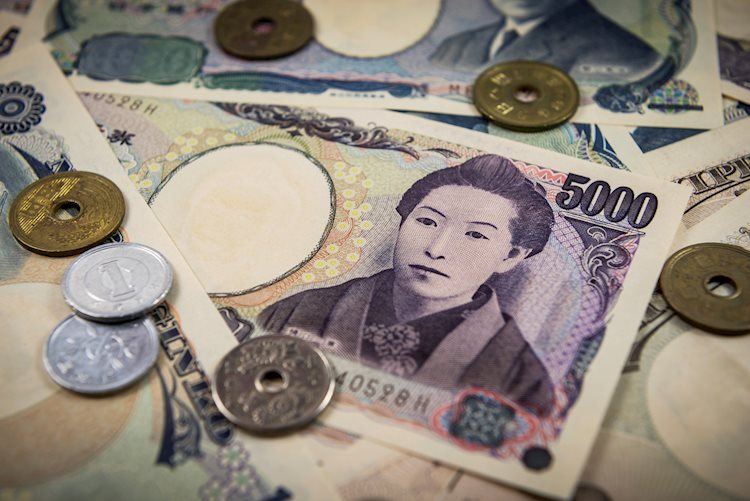The USD/JPY pair rose to 155.30 on Wednesday, marking a 0.28% increase for the day. The rise in the pair can be attributed to Japan’s Labor Cash Earnings, which saw a 2.1% year-over-year increase in April, higher than the previous 1.0% increase and exceeding market expectations. This positive data has put pressure on the Bank of Japan to consider tightening its monetary policy stance, which has contributed to some selling pressure on the JPY through 2024. The interest rate differential between the US Federal Reserve and the Bank of Japan continues to support the USD/JPY pair, with the divergence in interest rates contributing to the weakness of the JPY and limiting potential downside for the pair.
The upcoming US ISM services PMI data will be closely watched on Wednesday, with the highly anticipated Nonfarm Payrolls (NFP) report scheduled for release on Friday. The weaker US Manufacturing PMI figures in May have raised speculation about the possibility of the Federal Reserve implementing its first rate cut in September. Traders are now pricing in a 54.9% chance of a rate cut in September, up from 49% a week ago. The recent data, including the US JOLTs Job Openings report for April, which came in below expectations, has added to the uncertainty surrounding the US economy and the potential Fed policy actions.
BoJ Deputy Governor Ryozo Himino’s comments emphasized the need for caution regarding the impact of the JPY’s movements on the Japanese economy. The Japanese Yen’s weakness will play a role in determining the timing of the BoJ’s next interest rate hike. With Japan’s Labor Cash Earnings rising faster than anticipated and putting pressure on the BoJ, the central bank may be forced to reconsider its current monetary policy stance. This could have implications for the USD/JPY pair going forward, as any shifts in policy could impact the relative strength of the JPY against the USD.
Overall, the USD/JPY pair continues to be influenced by factors such as interest rate differentials, economic data releases, and central bank policies. The divergence in interest rates between the US and Japan has been a key driver for the USD/JPY pair, supporting the USD and weighing on the JPY. The upcoming US ISM services PMI data and Nonfarm Payrolls report will provide further insight into the health of the US economy and potential Fed policy actions, which could impact the USD/JPY pair in the near term. Traders will also be monitoring any developments regarding the Bank of Japan’s monetary policy stance and its impact on the JPY. As uncertainties persist in the global economy, the USD/JPY pair is likely to remain volatile in the coming days as market participants adjust their positions based on the latest data and central bank actions.

























